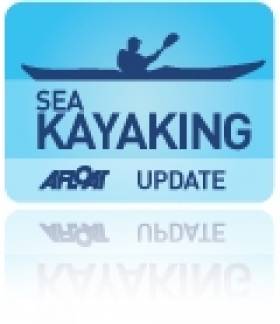Displaying items by tag: Anglesey
Irish Sea Kayaker Feared Dead
A kayaker is feared dead after disappearing in treacherous conditions off the coast of Anglesey on the far side of the Irish Sea. The 53-year-old mother-of-two was separated from four other canoeists between Rhosneigr and Rhoscolyn as they were battered by waves and heavy winds at around 2.30pm on Sunday.
The rest of the party were washed ashore but the woman from Shrewsbury has not been seen since then.
Her disappearance saw a major land and sea search launched with the police and RAF Valley helicopters, three lifeboats and dozens of coastguard officers scouring the area.
They were yesterday joined by a fixed wing aircraft and SARDA search and rescue dogs who were searching the coastline in case she had been washed up injured onto the shore.
The chance of her being found alive was fading with every passing hour but the coastguard said they had not given up hope. More HERE from the North Wales Daily Post.
























































